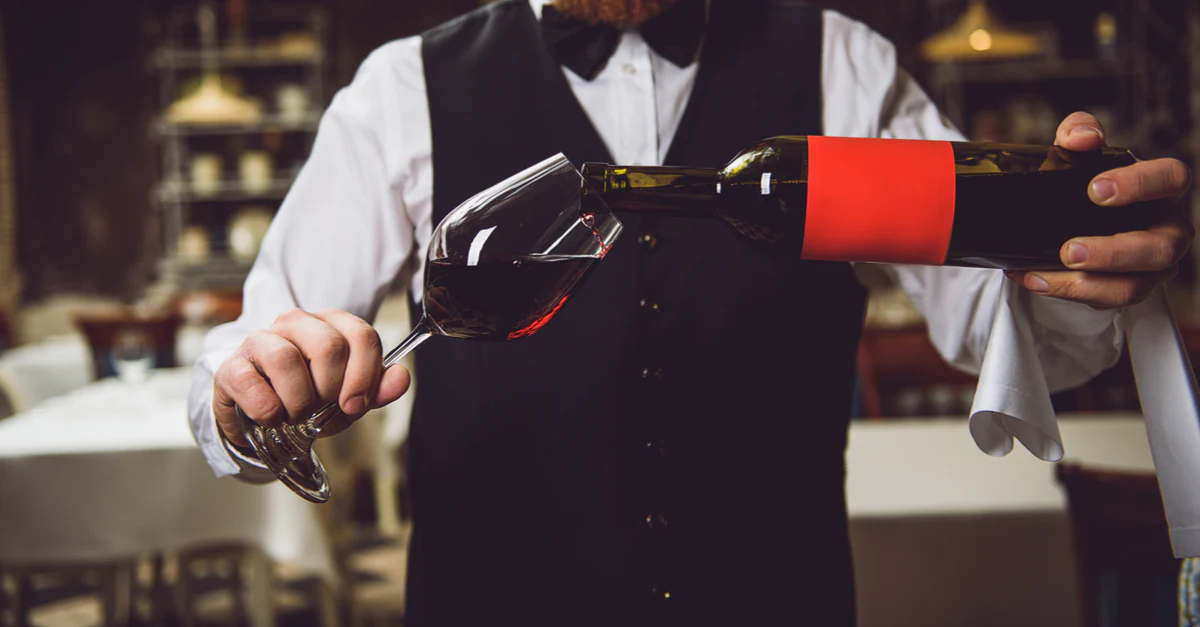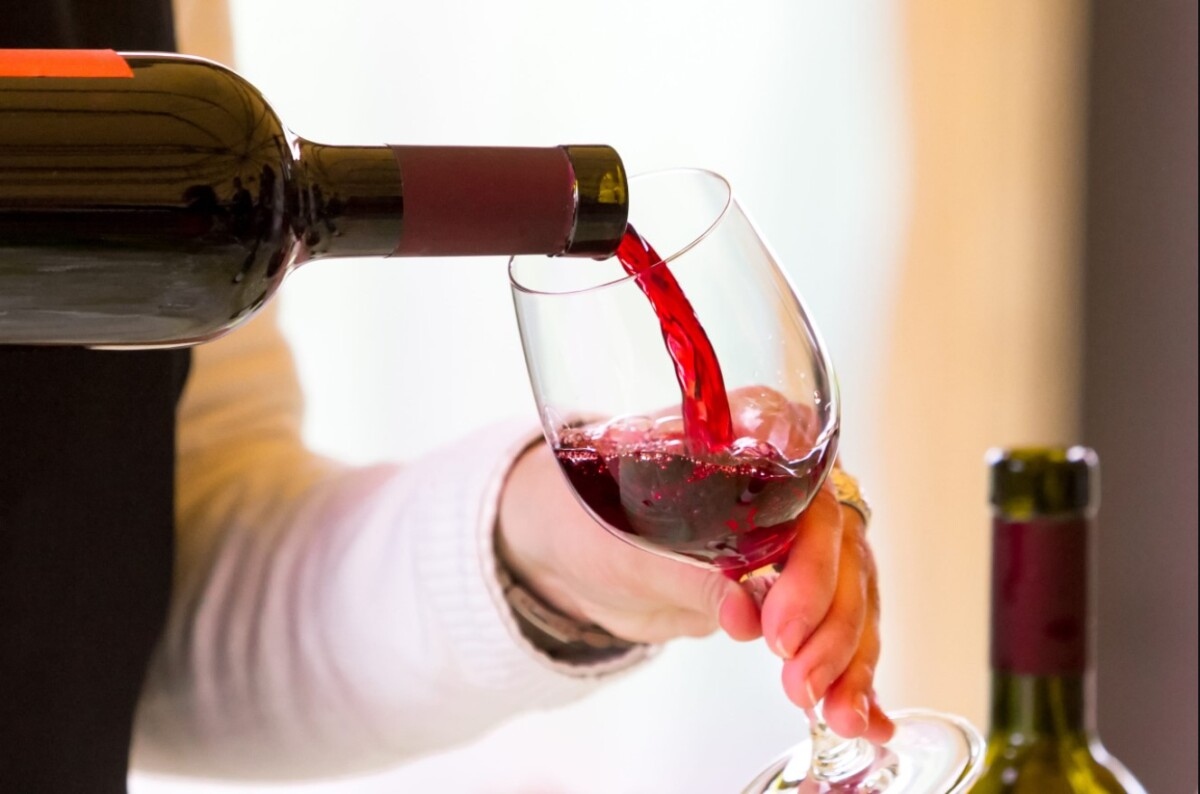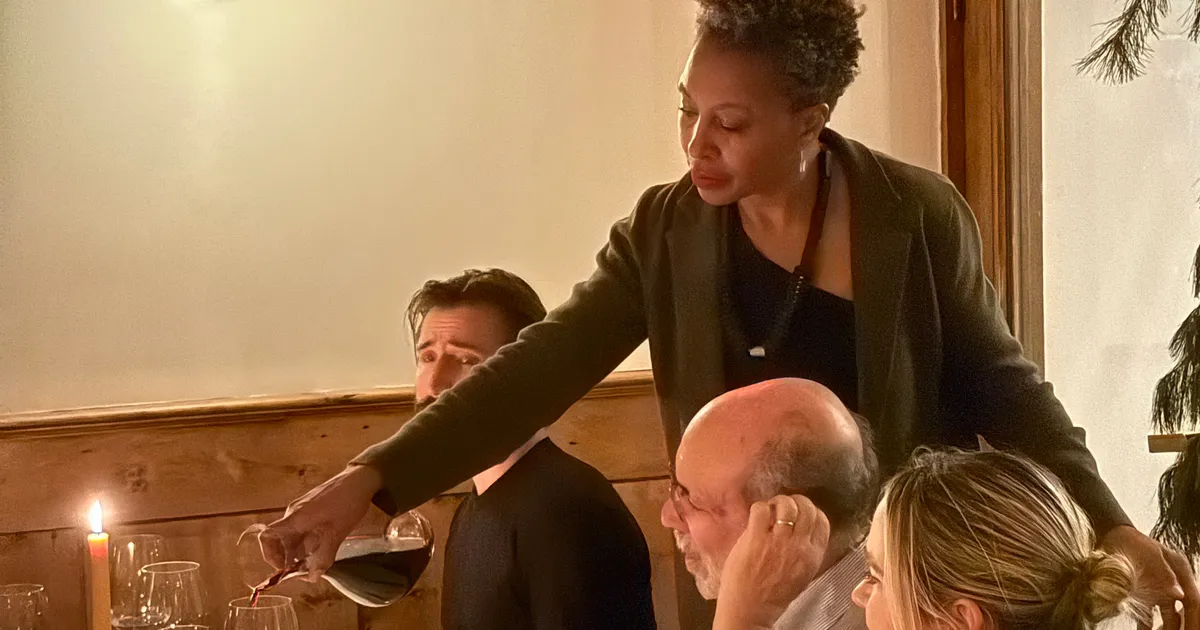Hosting a memorable party often hinges on the details, and few elements lift an event quite like expertly served wine. Whether you’re planning an intimate dinner party or a larger celebration, understanding proper wine service can transform your gathering from ordinary to extraordinary. The art of wine service encompasses everything from selecting appropriate glassware to mastering the perfect pour, ensuring your guests enjoy both the wine and the experience.
Professional sommeliers spend years perfecting these techniques, but with the right knowledge, any host can serve wine with confidence and style. From temperature considerations to proper etiquette, these essential tips will help you create an atmosphere of sophistication while ensuring every guest feels welcomed and valued. Master these fundamentals, and you’ll discover that serving wine becomes not just a necessity but an opportunity to showcase your attention to detail and hospitality skills.
Choosing the Right Glassware
Selecting appropriate wine glasses is fundamental to proper service and significantly impacts the wine’s flavor profile. Red wines require glasses with wider bowls to allow proper aeration and release of complex aromas, while white wines are best served in smaller-bowled glasses with narrower openings. Full-bodied red wines should be served in large, tall glasses, whereas light-bodied reds work better in shorter glasses with slightly rounded bowls.
For white wines, light-bodied varieties like Soave and Moscato are ideal in tall, thin-bowled glasses, while full-bodied whites such as Viognier benefit from rounder, shorter bowls. Sparkling wines demand flutes or tall, narrow glasses to preserve carbonation and concentrate the bubbles.
Temperature and Preparation Guidelines

Temperature control is crucial for optimal wine enjoyment. White wines should be chilled in the refrigerator the night before your event, while red wines are best served at room temperature. The generally accepted serving temperature range is between 12-21 degrees Celsius, with rich red wines preferred slightly warmer. Red wines benefit significantly from breathing time before service: light-bodied reds need 20-30 minutes, medium-bodied wines require 20 minutes to 1 hour, and full-bodied reds should breathe for 1-2 hours. Using a decanter for red wines before guests arrive allows more time for mingling while ensuring proper aeration.
Proper Pouring Techniques
Mastering the pour is essential for professional wine service. Hold the bottle by the neck and pour slowly, directly into the center of the glass at a slight angle. Fill glasses no more than halfway—approximately one-quarter to one-third full—to allow room for swirling and proper aroma release. Keep a dark napkin handy to catch drips, and master the wrist turn technique to prevent wine from running down the bottle’s side. When pouring, ensure the wine label remains visible to guests, and avoid letting the bottle touch the glass rim.
Service Etiquette and Order
Proper serving order follows established etiquette protocols. Ladies are served before gentlemen, with the highest-ranking guest served first and the host last. Move clockwise around the table, serving guests of honor (such as birthday celebrants) before others. Present the bottle to confirm the producer name, vintage, and grape variety before opening. After opening, pour a small taste for the host to approve before serving other guests. Throughout the meal, monitor glasses and offer top-ups using good judgment—avoid refilling too frequently as this can irritate guests.
Planning and Quantity Considerations
Calculate approximately one bottle per guest for dinner parties, though magnums work well for larger crowds. A standard 750ml bottle provides five 5-ounce servings, typically serving 2-4 people. Consider your menu when selecting wines: white wines pair with fish, poultry, and veal, while red wines complement beef and pasta with red sauce. Have both white and red options available to accommodate guest preferences, focusing on generally pleasing, easy-drinking varieties like Pinot Gris, Riesling, Sauvignon Blanc for whites, and Pinot Noir or Côtes du Rhône for reds.


